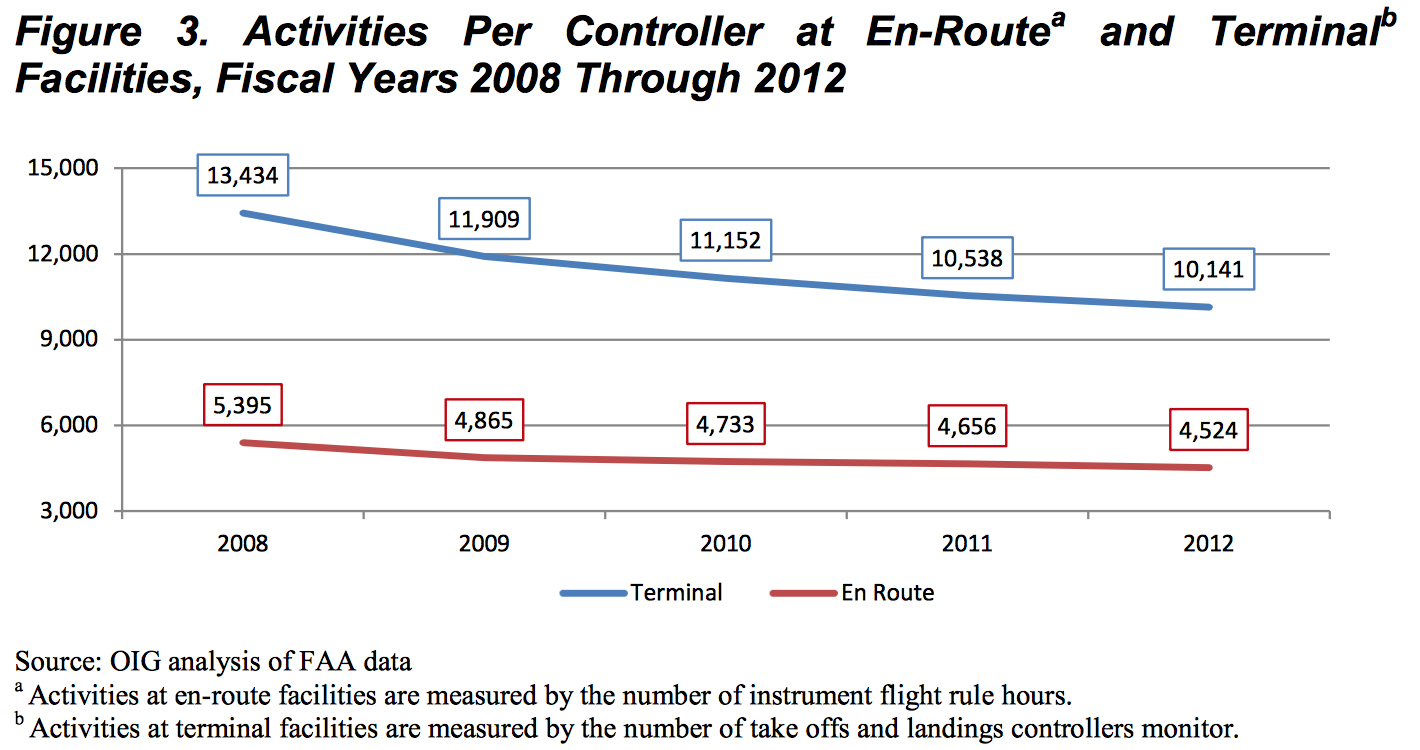April 7, 2017
Many of the arguments from those who support air traffic control reform (ATC) (Disclaimer: including the Eno Center’s Aviation Working Group), revolve around Congress and the political/budgetary environment the Federal Aviation Administration (FAA) has to live with. From the instability that successive government shutdowns, budget sequesters, and hiring freezes have brought, to budget cuts that affect capital investments primarily. In and of themselves, these are enough arguments to warrant some type of reform that isolates provision of air traffic control services from these political maneuvers.
However, more recently, some have asked: if the FAA is doing its job, and we have a safe and efficienct system, why mess with it by pursuing reform? After all, NextGen, the flagship FAA ATC modernization program, has already created almost $3 billion in benefits, with $157 billion more expected by 2030. This article will discuss why reform is not only need because of what Congress does, but because of what FAA does as well.
But first, a clarification. While the FAA has failed to deliver NextGen on time and bring more benefits to its users now, not many years into the future, this is not an indictment of FAA’s personnel competence or lack thereof. The FAA is what it is not because of some innate condition, but because it operates within a framework (the federal government’s bureaucracy) that constrains what it can do and how it can do it. And these constraints have repeatedly demonstrated that they hinder FAA’s efforts to deliver modernization and to improve efficiency.
It is also important to note this is not a new problem. This recent piece by Bob Poole at the Reason Foundation analyses the mid-1990s efforts to reform personnel and procurement rules at the FAA. The 1997 Mineta Commission report highlighted many of the issues that we are still discussing today. But two recent reports by the Inspector General (IG) at the U.S. Department of Transportation show precisely what is wrong with the current system.
The first report studied the aforementioned reform and personnel and procurement rules the FAA has gone through in the last two decades. The IG found that despite these reforms efforts, costs continued to rise (41 percent in real terms from 1996 through 2012), while operational productivity has declined (around 25 percent less controller activity from 2008 to 2012, although this is in large part explained by the significant decline in traffic after 9/11. The IG concluded that “FAA’s disappointing reform outcomes are largely the result of the Agency’s failure to take full advantage of its authorities when implementing new personnel systems, and not using business-like practices to improve its operational efficiency and cost effectiveness.”

The other report looked at NextGen specifically. The report aimed to ascertain the FAA’s progress in six key NextGen programs, including schedules and costs, as well as expected benefits. Overall, the IG concluded that the FAA has not “fully identified the total [emphasis in the original] costs, planned segments, their capabilities, or schedules”. Also, the FAA has not completed the requirements for some of these programs and keeping key investment decisions on track remained a challenge for the agency.
Breaking down these big key programs into smaller segments allowed the agency to deploy new technologies more quickly. However, according to the IG, this diffusion of the six programs into many smaller projects limited FAA’s ability to accurately and consistently measure the progress of these six key NextGen programs. This breakdown also means that the programs don’t have an end in sight: as more technologies become available, the program is restructured to include them, and individual project segments are readjusted.
This makes accountability more difficult, both in terms of overall program costs and in assessing the realization of benefits. The report also noted that while one of the key programs (DataComm, which allows controllers to talk to pilots via text message instead of voice) is indeed ahead of schedule, but the other five programs have been delayed on average by five years.
Also, and perhaps more importantly, the IG stated that is hard to determine how “transformational” these programs will be. Today these programs mostly provide incremental improvements, and in the long run expected benefits have not been determined. Additionally, most of the NextGen programs are now simple infrastructure investments intended to bring the system up-to-date with current technologies. But unlike what the initial vision for NextGen predicted, they will not fundamentally change the way air traffic is managed. (The IG produced another report on this issue, concluding that the FAA lacks a vision for NextGen’s long-term plans.)
The FAA has to operate ATC and deploy NextGen as part of the federal government’s bureaucracy. No matter how dedicated and competent the people that work there, they are still trying to run a business within the government (many other countries have already realized that ATC is in essence a business and should operate like one). The FAA still has to manage large-scale projects without a true capital budget and dedicated sources of revenue specifically for capital. A different institutional framework for ATC could create an environment more conducive for success.
For more on the issue of ATC reform see our most recent report on the issue, Time for Reform: Delivering Modern Air Traffic Control, as well as our FAA Reform Reference Page.




